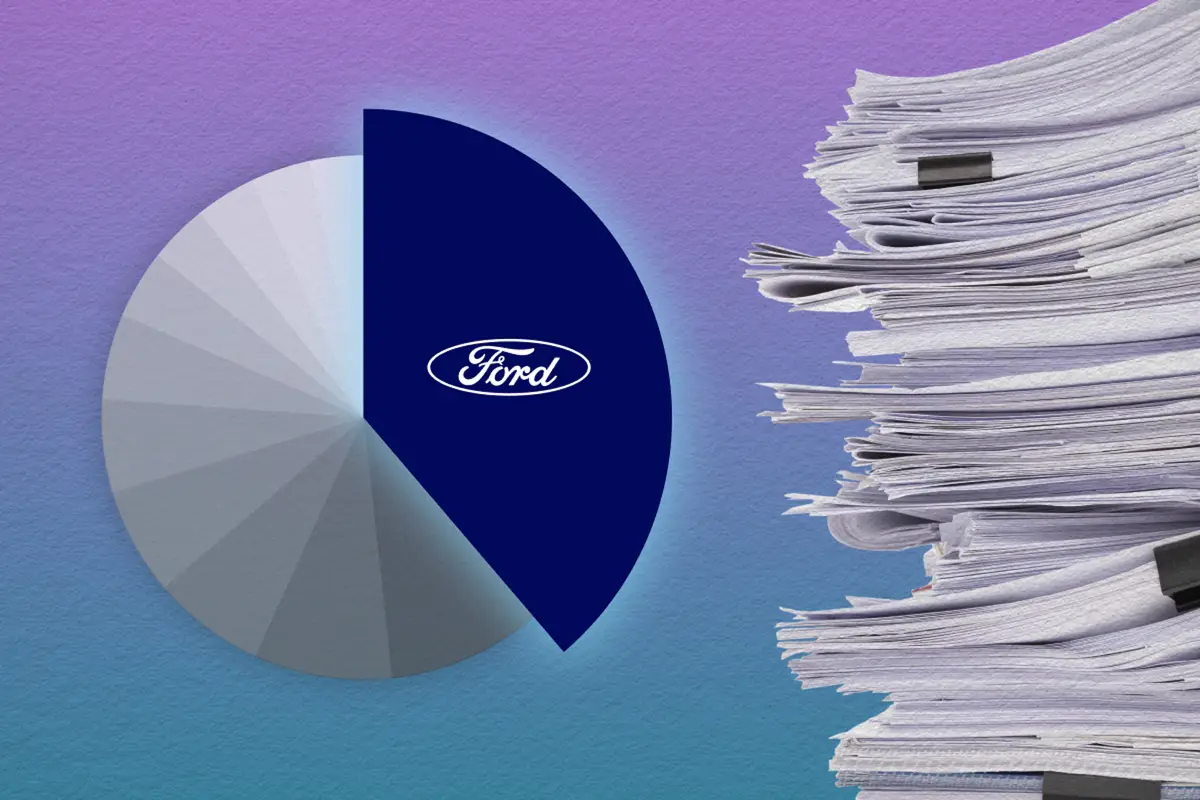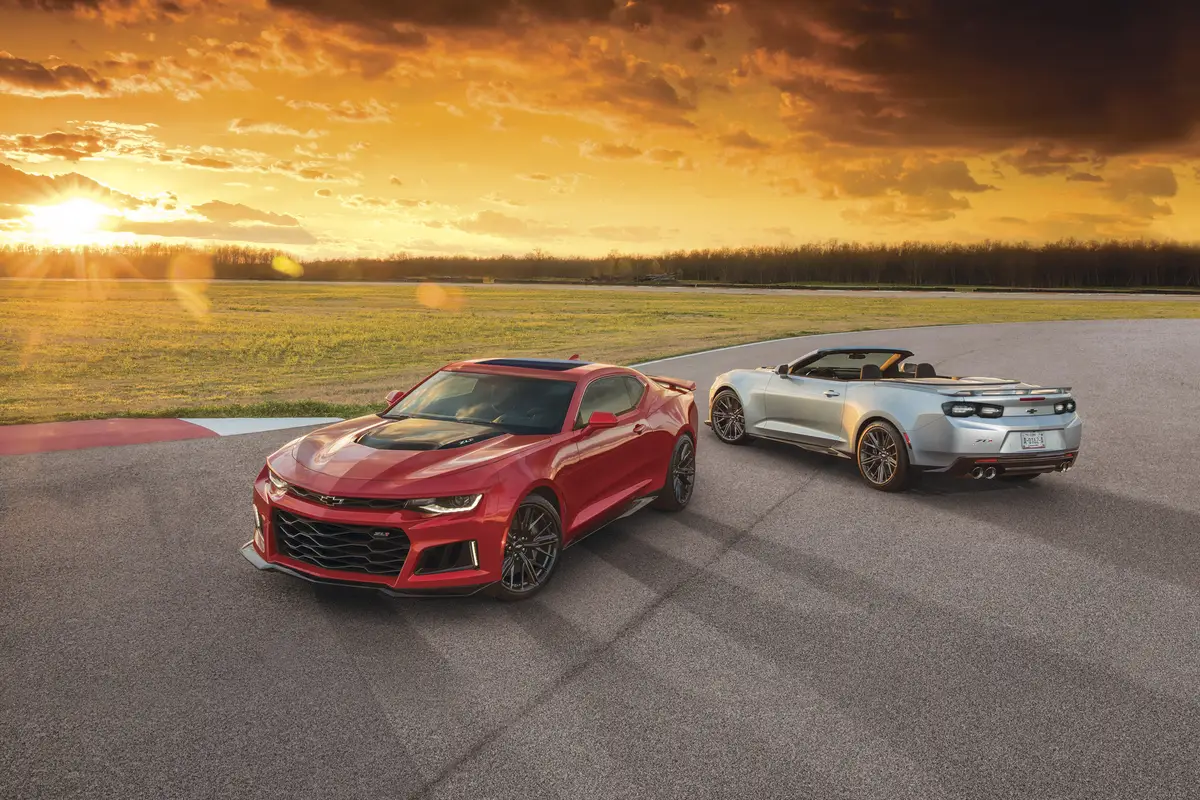IndyStar.com's view
Silent film star Lon Chaney was known as “The Man Of A Thousand Faces,” for his makeup wizardry during a career that included the lead role in the 1920s film, The Hunchback Of Notre Dame.
His present- day automotive counterpart is the new 1996 Honda Civic HX Coupe, a car of a 1,000 forward speeds courtesy of its CVT transmission.
CVT, which stands for continuously variable transmission, is a truly shiftless automatic transmission. Unlike three-, four-, or five-speed automatics that have set gear ratios for their forward speeds, the automatic in the new Civic HX has an unlimited number of gear ratios between Low and Drive.
Continuously variable transmission systems date back to the late 19th century, and some of CVT’s roots lie in Indiana. Milton O. Reeves of the Reeves Pulley Co. in Columbus, built a Reeves automobile in 1896 that utilized a continuously variable transmission. Even I did some CVT work in the 1980s, and was awarded two U.S. patents for the development of an infinitely variable ratio transmission system.
The basic principle of continuously variable transmissions has remained the same.
The system consists of two pairs of cone-shaped pulleys that vary their distances from each other. In other words, as one pair of pulleys move away from each other, the other pair moves closer together.
One pair of pulleys is the drive pair that is connected to the power source, and the other pair is the driven pair that is connected to the driving elements of the vehicle. As a belt between the pulley pairs moves up and down the pulleys’ faces, it changes the speeds of the two pairs of pulleys at an infinitely variable rate.
This is how the Civic HX system works, utilizing a unique metal belt that initially was developed by the Netherlands-based Van Doorne Transmission Co.
The HX’s transmission is a friction drive, also a concept that dates back to the early days of the automobile. But unlike rubber or leather belts, Honda’s belt is made up of a series of thin metal blocks that are mounted on a steel band.
The contact faces of the blocks are angled to match the angle on the faces of the pulleys, and being under tension, they exert a friction-drive effort when turning the pulleys through their infinite speed changes.
It is a simple and smoothly operating system that lets the Civic HX’s engine pick the right gear ratios as determined by engine load. If a slope condition is encountered, so that the engine needs a lower ratio to maintain a set speed, the pulleys expand and contract to establish the required drive and driven torque to keep the car moving.
You’re changing gear ratios but not gears, and it’s all done in a smooth and automatic manner without the perceptible gear changes of a conventional automatic.
Being a friction drive, there are some limitations on power, but it’s a quantum step over what was possible a few years ago.
The engine in the HX is Honda’s 1.6-liter (96-cubic inches), 16-valve VTEC-E motor that produces 115 horsepower. It provides sufficient power for lively performance without overriding the frictional-drive capabilities of the transmission.
The VTEC-E engine uses variable valve timing, which in itself, contributes to the performance. Coupled with the CVT system, it makes the HX’s automatic transmission the only automatic in the Environmental Protection Agency’s top 10 list of fuel- efficient models.
Fuel consumption is 35 miles per gallon in the city and 39 mpg on the highway.
Driving the HX is like driving any automatic, except there is only a choice of forward instead of a multiple gearset selection. And the slick-looking coupe comes with a lot more that its unique transmission.
Based at $14,300, standard features include dual airbags, AM/FM stereo, power windows, door locks and mirrors, and 14-inch alloy wheels.
Latest news



